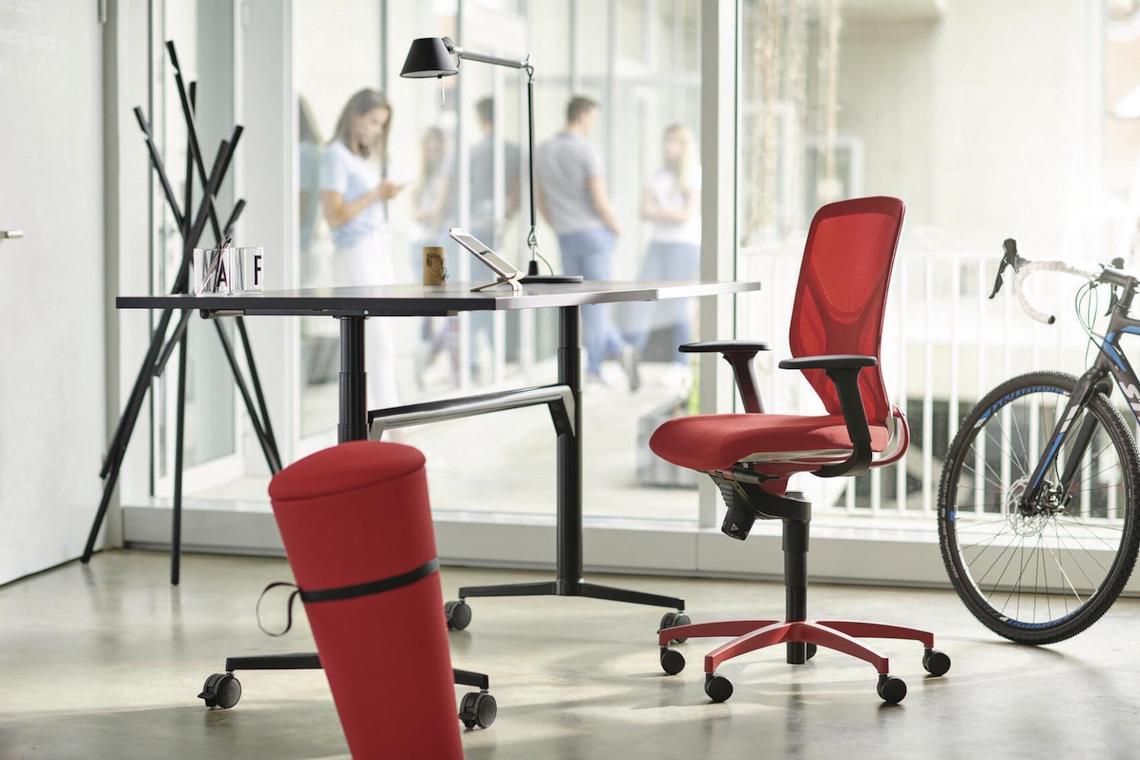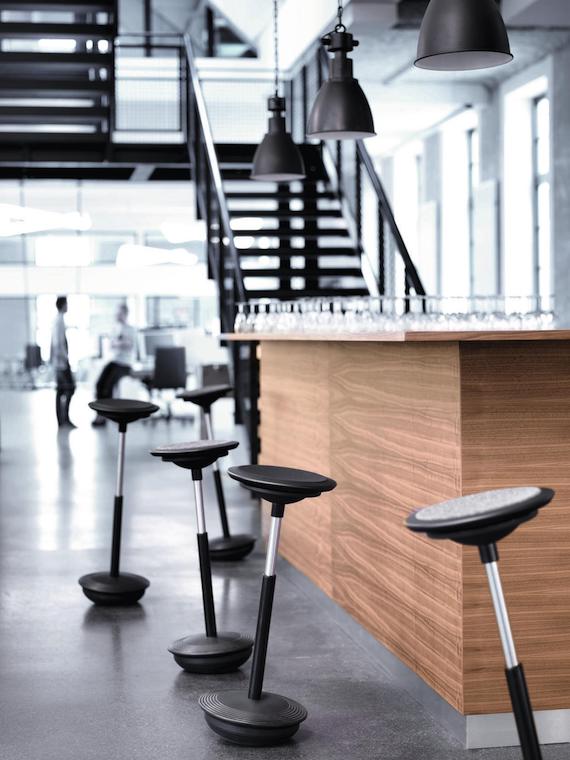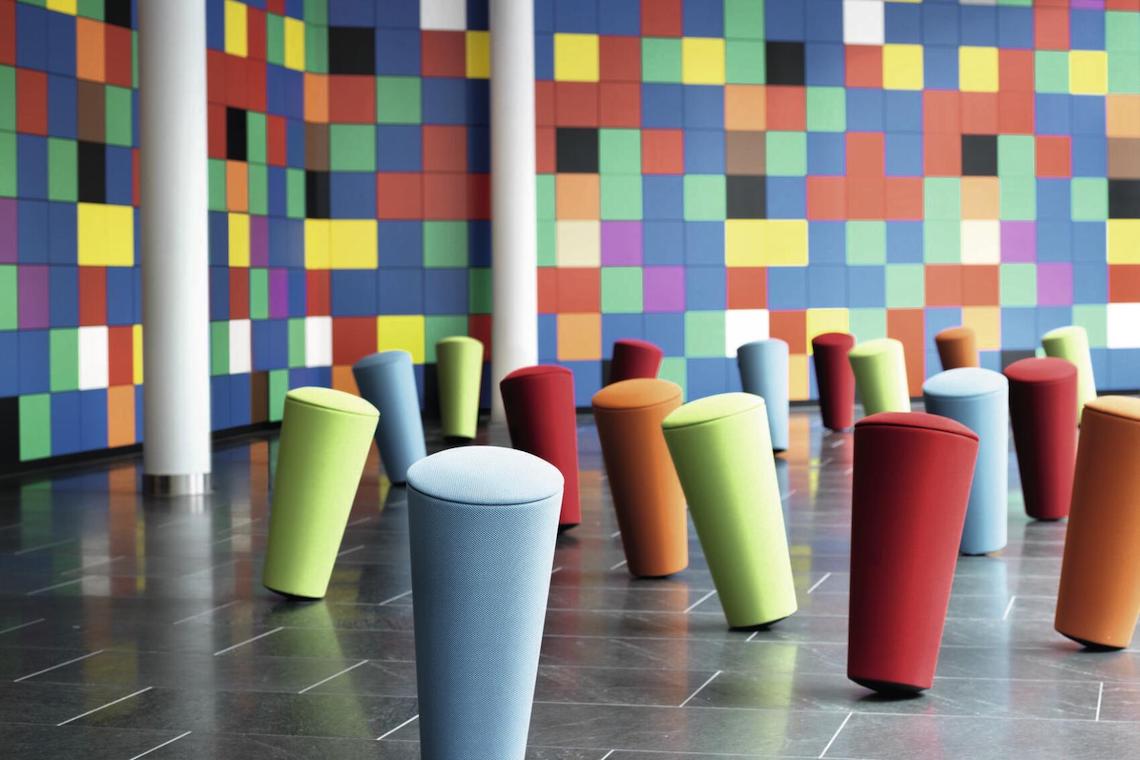In 2016, a renowned and equally energetic professor called Ruth Stock-Homburg founded the leap in time research institute in Darmstadt, Germany. The team works on numerous research and collaborative projects in a fully equipped loft to figure out the positioning and type of working environments companies will require to meet the challenges of tomorrow’s world. The goal is for companies and organisations to gain an insight into what could help them get on top of the up-and-coming digitalisation of the workplace both from an internal and external perspective.
The Lab is designed as a space where seminal working environments are experienced and products put through their paces. Office furniture and equipment are two areas the institute focuses on and an interdisciplinary board of eight experts proposes the items, or shortlists those submitted by the industry. Only 30 to 40 per cent of these clear the first hurdle and qualify for the testing process, which lasts several months.
Five to ten users then complete a weekly questionnaire to assess the products based on various characteristics (e.g. size, weight) and requirements. They’re guided by the nine Comfurnancy certification criteria of future relevance, sustainability, innovativeness, satisfied customers, work-life balance, technological integration, fostering teamwork, ergonomics and functionality. What’s more, users are asked how easy it is to incorporate the item of office furniture or equipment into their home office. Reviews by external visitors to the Lab are also included.
At the end of the process, the results of the statistics and the assessments by the board of expert scientists, corporate experts and users are amalgamated to create a rating. The parties who submitted the items of furniture or equipment then receive a detailed test report. If the products perform well in the relevant categories, they’re given the title of Future Office Champions, the Comfurnancy seal and mentioned on the leap-in-time website.

The ESP variant of IN, design: wiege, encourages sit-to-stand options. In the Active Office Chair category, special mention was made of its exceptional range of motion, appealing comfort, on-trend, athletic design and superior innovativeness in applying high-tech materials.

Stitz is the prototype of all sitting-standing stools, design: ProduktEntwicklung Roehricht. In the Standing Chairs category, it receives praise for its easily adjustable perching height, healthy mix of support plus motion and its high-quality look.

Wilkhahn’s Stand-up stool, design: Thorsten Franck, made quite an impression in the Multipurpose Chairs category. Its attractive, colourful design, immediately beneficial impact on muscles and joints and the ability to just pick it up and take it somewhere else were all factors in its favour.
The high quality of the Wilkhahn products’ design is apparent and it’s easy to understand what they set out to do from the outset. This first impression of quality is confirmed by everyone concerned. When using the products, it’s obvious that this company has spent many years focusing on contemporary trends like health and sustainability. Now that’s really a case of looking ahead.
You can read more about the IN office chair with ESP (elevated sitting position) here
Read more about the Stitz sit-to-stand stool here
Read more about Stand-up here
You can find out more on the leap in time research institute’s website
